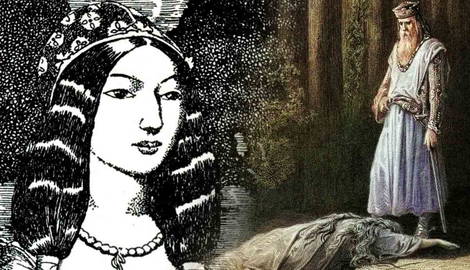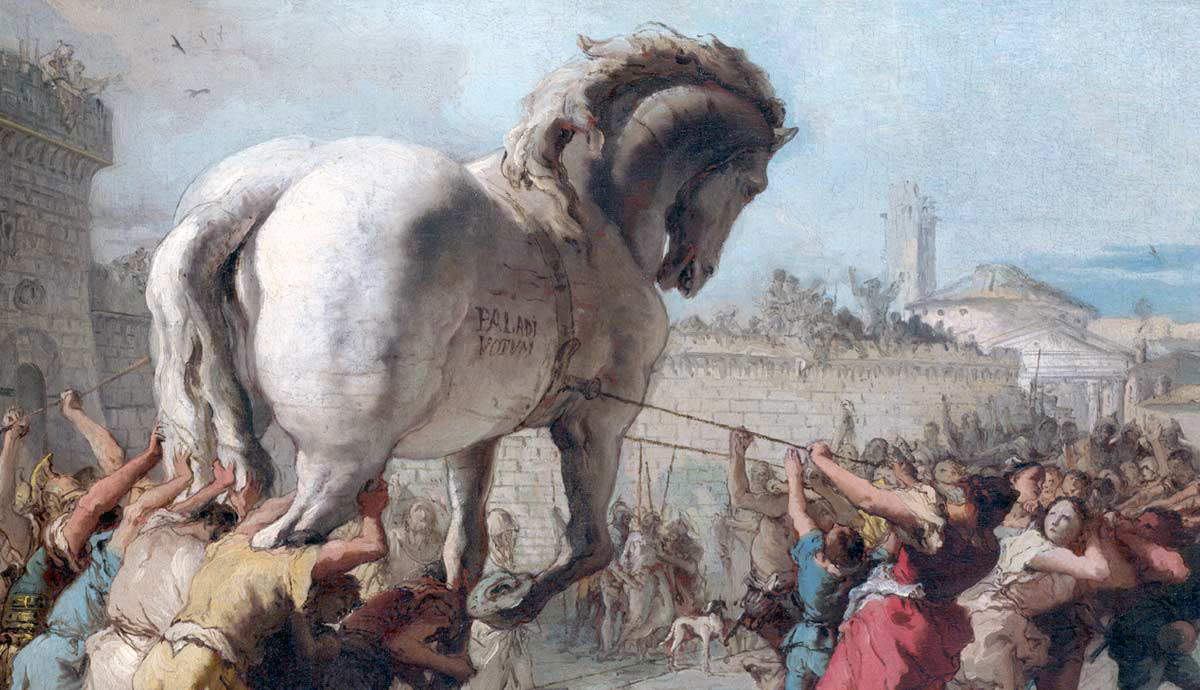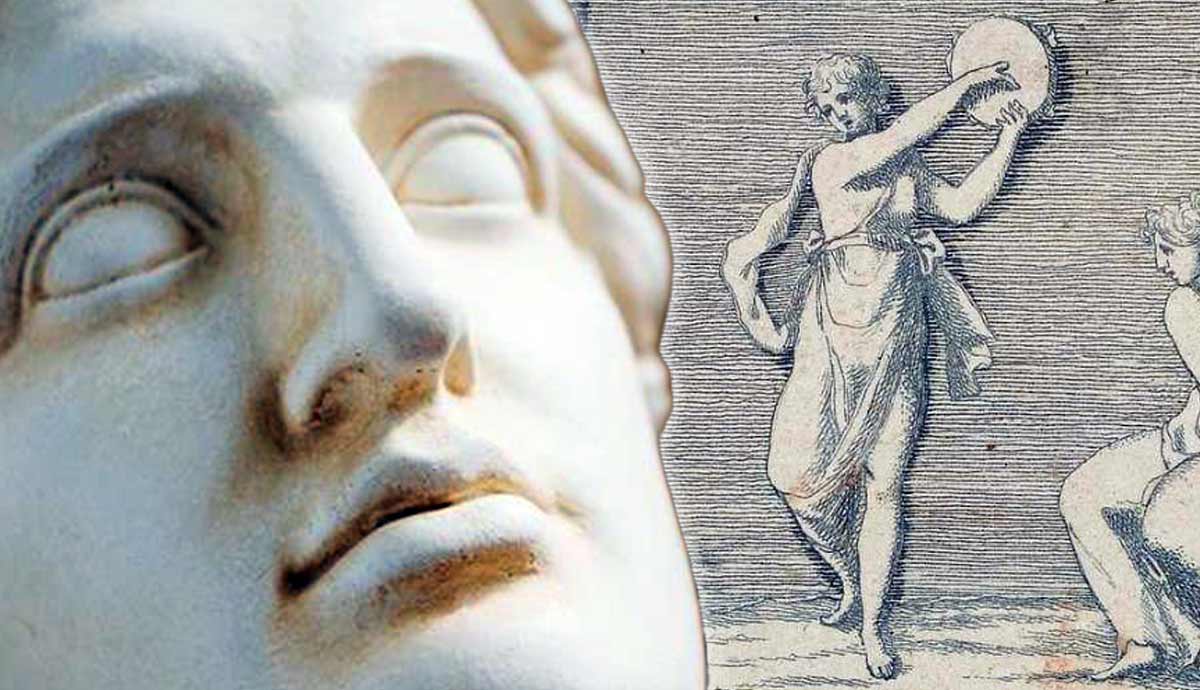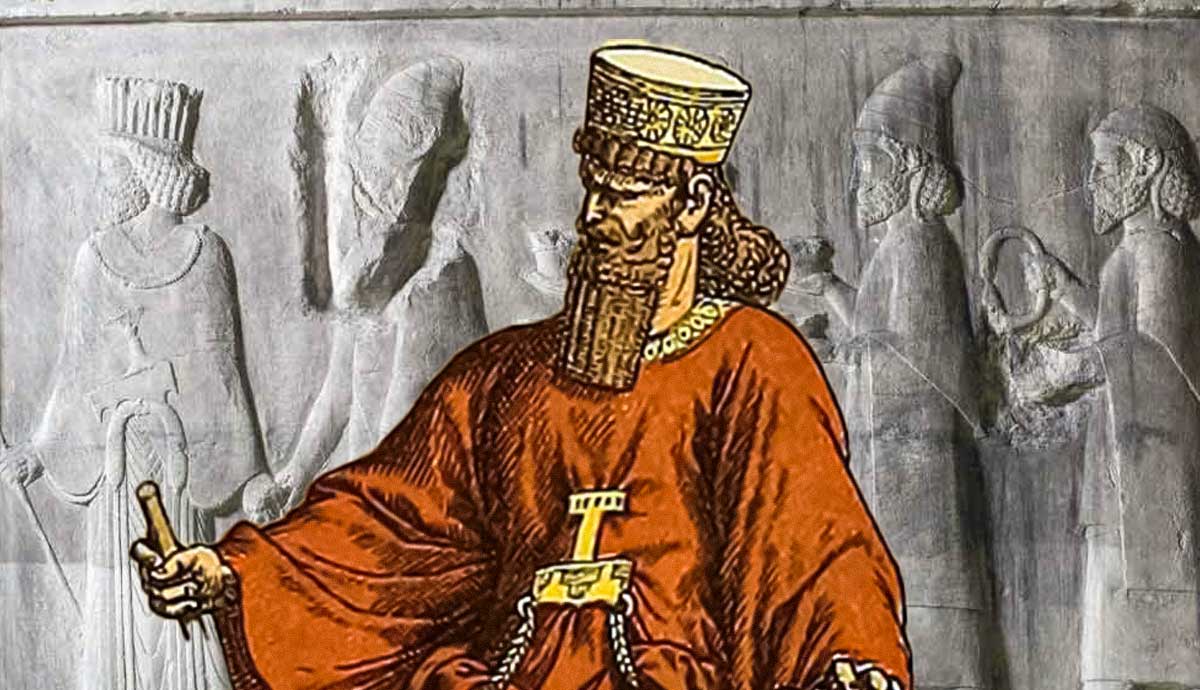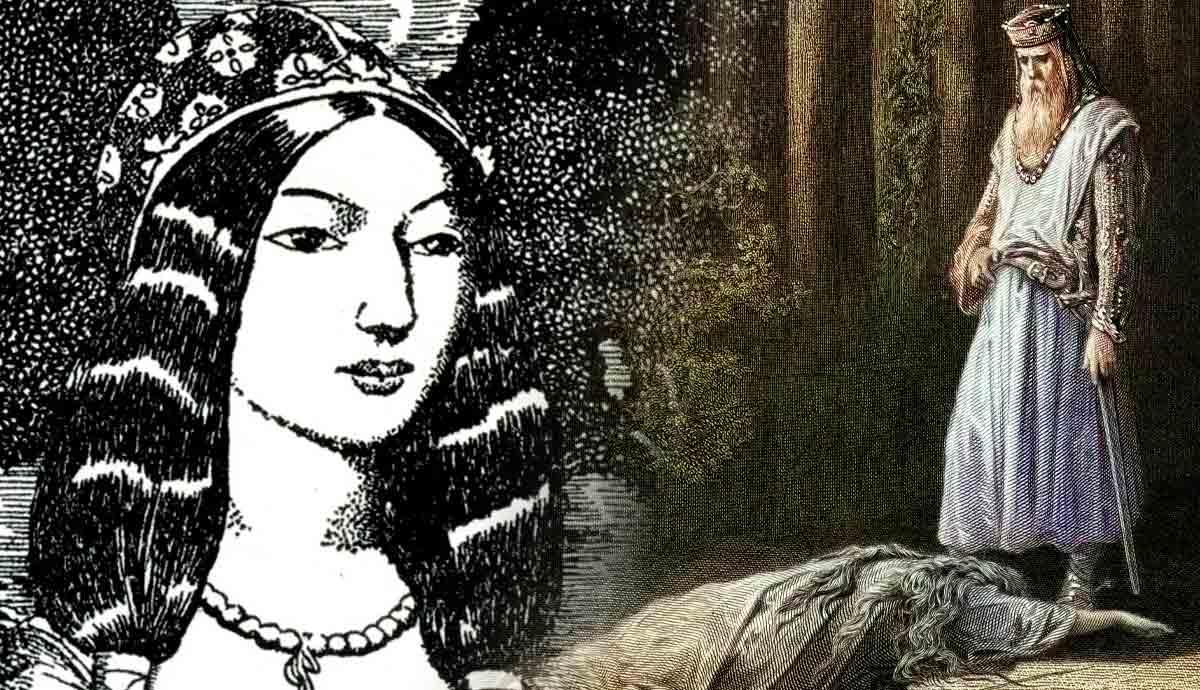
In the Arthurian legends, the wife of King Arthur is famously named Guinevere. However, the idea that King Arthur only had a single wife is not something that is seen in Welsh tradition. In fact, even some Latin texts refer to him having multiple wives. In any case, Welsh tradition tends to preserve the earliest and most authentic traditions about this legendary figure. With that in mind, it is notable that this corpus of literature assigns Arthur three wives. The information provided about each of them is tantalizingly scarce but fascinating all the same.
King Arthur’s Legendary Wives in the Welsh Triads

Where does the tradition of Arthur having multiple wives come from? As already mentioned, there are various allusions to it. However, the single most prominent source for this idea is a triad found in the Welsh Triads. The Welsh Triads is a term applied to certain medieval collections of different traditions from Wales that have been grouped into sets of threes. In the case of King Arthur’s wives, they appear in Triad 53, known as Arthur’s Three Great Queens. The triad reads as follows:
“Gwenhwyfar daughter of Cywryd Gwent,
and Gwenhwyfar daughter of Gwythyr son of Greidiawl,
and Gwenhwyfar daughter of Gogfran the Giant.”
As we can see here, “Gwenhwyfar” is the Welsh version of the more familiar “Guinevere.” The principle source text for this triad is the White Book of Rhydderch, although there are many variants in other manuscripts. There are some variations in the spellings of the names of each father, but all versions agree with the basic point that Arthur had three queens named Gwenhwyfar.
Three Queens Called Gwenhwyfar?

The most notable thing to jump out from this source is the fact that all three of Arthur’s queens are recorded as being named Gwenhwyfar. Needless to say, this seems extraordinarily unlikely. This was an extremely uncommon name in medieval Wales. In fact, to put it into perspective, Peter Bartrum’s A Welsh Classical Dictionary does not mention a single other figure with this name.
The idea that there were three women who all had this same rare name and who were all married to the same king pushes credibility to its breaking point. Regardless of the historicity of these women (or even Arthur himself), the medieval scribes must have also realized how unlikely this was. On this basis, some scholars have suggested that “Gwenhwyfar” was actually a title. More likely, it can be described as a throne name, a name that each woman was given upon becoming Arthur’s queen. This may be compared with several recorded instances of religious figures becoming known by different names upon starting a special assignment, such as Cadoc. He was the founder of St. Cadoc’s Church in Llancarfan.
Gwenhwyfar, Daughter of Cywryd Gwent

Let us now examine each one of King Arthur’s wives in turn. The first one listed is Gwenhwyfar, daughter of Cywryd Gwent. What do we know about her? The answer is not very much. There does not appear to be any other reference to her in all of Welsh tradition. In contrast, the other two queens appear to be mentioned in contexts which connect them with a fairly advanced stage in Arthur’s career. This suggests that Gwenhwyfar, daughter of Cywryd Gwent really was supposed to be Arthur’s first wife, as the ordering in the triad suggests.
The only other piece of information about her comes from her father’s epithet, “Gwent.” There is some debate about this epithet. Some scholars argue that this is the original form, it being the name of a kingdom in southeast Wales. On the other hand, others argue for “Ceint” (the name of a river in Gwynedd, northwest Wales) as the original. The manuscript evidence is effectively split perfectly between two options.

Given that the manuscript evidence does not weigh more towards one side or the other, it is difficult to establish which epithet was the original. This is important, because it would likely reveal where this Gwenhwyfar’s home territory was supposed to have been. Perhaps the only factor that can help us decide is the fact that “Cywryd Ceint” involves alliteration among the name and the epithet, whereas “Cywryd Gwent” does not. Arguably, this would make it easier for a scribe to mistakenly write “Cywryd Ceint,” being led astray by the alliteration.
Hence, it seems most likely that this first one of Arthur’s legendary wives was supposed to have been from Gwent, southeast Wales. There are unfortunately no traces within Welsh tradition concerning who her father was. However, one possibility is that Cywryd was a son of Ynyr Gwent. The latter was the king of Gwent in the generation before Arthur’s time. The use of the same epithet lends support to this possibility, as does the chronology and the fact that Arthur’s wife would presumably have not been the daughter of a minor prince.
Gwenhwyfar, Daughter of Gwythyr, Son of Greidiawl

What do we know about the second of Arthur’s wives mentioned in the triad? We know a lot more about her than the first one. Her father, Gwythyr, appears as one of King Arthur’s allies in a Welsh tale from c. 1100 called Culhwch and Olwen. In this tale, Gwythyr is described as engaging in a conflict with a northern figure named Gwyn son of Nudd. There are also medieval genealogical records which describe the ancestry of Gwythyr, and thus reveal the ancestry of this Gwenhwyfar.
According to these later medieval records, Gwythyr was a seventh generation descendant of Magnus Maximus, the Roman emperor, through his legendary son Anthun. No record describes exactly where Gwythyr was born. However, traditions concerning his great-grandfather Deigyr and a great-uncle named Gwyddien Astrus place them in Glamorgan, next to Gwent.
Of all the fathers of Arthur’s legendary wives, Gwythyr is the one whose historicity is best supported. He can likely be identified as Withur, a figure who appears in the 9th-century Life of St Paul Aurelian as a cousin of the titular religious figure from south Wales.
Gwenhwyfar, Daughter of Gogfran the Giant

By far the most famous of Arthur’s three legendary wives is the last one mentioned in the triad. This may actually be the true reason why she is placed at the end, since there is evidence that she was actually Arthur’s second wife, not his third. In any case, there are many references to her in Welsh tradition. It would also appear that she is the Gwenhwyfar who formed the primary basis for the figure of Guinevere in the non-Welsh tales of King Arthur.
The ancestry of her father, Gogfran, is unknown. However, he is presented as a king of much of Powys, albeit not the entire kingdom. This suggests that he may have been a relative of the high king of Powys, although we cannot be certain about that. Powys borders Gwent to the north. Thus, we can see that all three of Arthur’s legendary wives were from the same general region of Britain.

The aforementioned Welsh tale Culhwch and Olwen appears to be the earliest source which mentions any of King Arthur’s wives. It refers to her in association with her sister, Gwenhwyfach. This helps us to establish that Gwenhwyfar the daughter of Gogfran is the subject of this line. The reason is that another triad mentions a conflict between Gwenhwyfar and her sister, and one manuscript version of this triad specifies that this was the daughter of Gogfran. Although this detail was evidently not in the original, it does reveal what the medieval scribes understood. In contrast, there is no evidence that the Gwenhwyfar of that triad was ever understood to be the daughter of Cywryd or the daughter of Gwythyr.

The conflict in question is set just before the infamous Battle of Camlann. Hence, this Gwenhwyfar was believed to have been the queen who was with Arthur at the time of that battle. According to the Cleopatra version of the Welsh translation of Geoffrey of Monmouth’s Historia Regum Britanniae, it was this Gwenhwyfar whom Arthur married just after the Battle of Badon.
What We Know About King Arthur’s Legendary Wives

In conclusion, what can we say about King Arthur’s legendary wives? According to Welsh tradition, they each had the same name, “Gwenhwyfar.” This was, therefore, most likely a throne name. Although we do not have extensive information about any of them, the most famous is the third one who appears in the Welsh Triads, the daughter of Gogfran.
Based on the information about their parentage, we can come to some reasonable conclusions about where each Gwenhwyfar was supposed to have come from. One of them was the daughter of a king of Gwent, the father of another apparently came from Glamorgan, and the third was the daughter of a king of Powys.
Although there are no contemporary references to any of them or their fathers, a reasonable case can be made for the historicity of at least one of the fathers. Gwythyr is likely identifiable as Withur, mentioned in a 9th-century hagiography, the Life of St Paul Aurelian.
